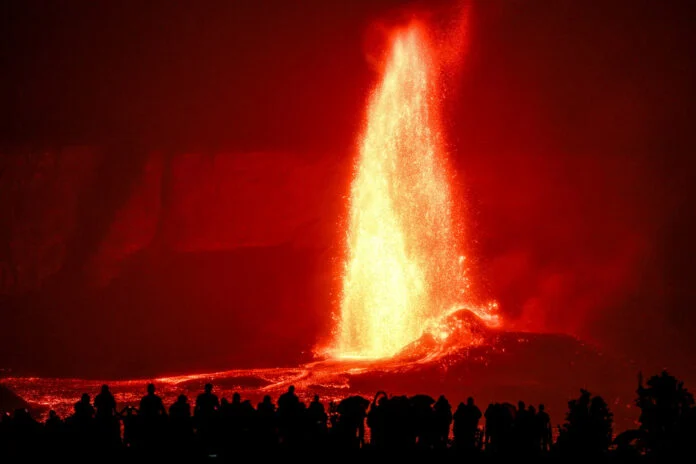As the planet's climate continues to warm, glacial archaeologists find themselves in a race against time to preserve and uncover ancient artifacts emerging from the retreating ice.
Recent fieldwork in Norway has yielded an astonishingly well-preserved 3,000-year-old wooden arrow, shedding light on the lives of ancient hunters who once roamed the region.
Espen Finstad, a dedicated glacial archaeologist working for the county of Innlandet, embarked on an expedition in the Jotunheimen mountains of eastern Norway, where he stumbled upon a wooden arrow that appeared remarkably intact.
Complete with feathers and a pointed quartzite tip, the arrow seemed as if it had been lost just yesterday. However, Finstad's expertise led him to estimate the arrow's age at around 3,000 years.
Finstad expressed his excitement, stating, "I was really excited. I've never seen something like this before because it was so complete." This remarkable discovery, believed to belong to a reindeer hunter from the late Stone Age or early Bronze Age, is among the thousands of artifacts and remains surfacing from melting ice due to climate change.
Global surface temperatures have continued to rise, resulting in record-breaking warmth and accelerated ice melting around the world. This phenomenon presents a unique and time-sensitive opportunity for glacial archaeologists, who must locate historical treasures as they emerge from the ice before they succumb to the elements.
Lars Holger Pilo, a fellow glacial archaeologist working alongside Finstad, emphasized the urgency of their work, saying, "We're sort of in a race against time. We really need to work even harder to save as many of these artifacts as we possibly can."
The Secrets of the Ice project, a collaborative effort between Innlandet County Municipality and the Museum of Cultural History, University of Oslo, has been scouring mountain passes across Norway for over a decade.
Since its inception in 2011, the project has unearthed approximately 4,000 artifacts and remains, including a 1,000-year-old wooden whisk, Viking mittens, medieval horseshoes, Bronze Age skis, and over 150 arrows.
Similar endeavors are taking place in other parts of the world, such as Anchorage, Alaska, northeastern Siberia, and Mongolia, where ancient treasures are emerging from melting ice. Some of the most remarkable finds globally have included a 39,000-year-old baby mammoth named Yuka in Siberia (2010) and a 280-million-year-old tree fossil discovered in Antarctica (2016).
However, the most famous ice mummy discovery remains Ötzi, the 5,300-year-old Copper Age iceman found in 1991 near the Italian-Austrian border. While the dream of finding another ice mummy persists, Pilo and his colleagues are content with the 250 objects retrieved this year from Norway's melting ice, including a Viking Age knife, an iron horse bit, and several arrows, including the remarkable 3,000-year-old specimen.
What makes this arrow particularly impressive is its exceptional state of preservation. Although it has broken into three parts, the arrowhead remains attached to the shaft, as do the feathers, known as fletchings, which aid in stabilizing the arrow's flight path.
The scientists plan to carbon date the arrow to determine its exact age. William Taylor, an associate professor of archaeology at the University of Colorado, Boulder, commented on the significance of this find, noting that the arrow helps fill gaps in our understanding of how such objects were crafted and used.
He added, "We're often sort of guessing at the big picture from whatever was robust enough to weather through the centuries." The nearly-intact arrow, according to Taylor, "leaves nothing to the imagination."
As the clock continues to tick, glacial archaeologists remain committed to uncovering these frozen treasures and preserving the history they reveal. For Mr. Finstad, the joy of discovery goes beyond the scientific; it provides a connection to those who lived and lost this arrow in the same mountains thousands of years ago.
He described the find as one of his "top 10" favorites due to its near-pristine state, which has allowed him to envision the lives of ancient hunters in this remote corner of Norway.
In the midst of catastrophic global climate change, the discipline of glacial archaeology persists as a vital endeavor, offering us a tangible connection to our shared human history hidden beneath the ice.







